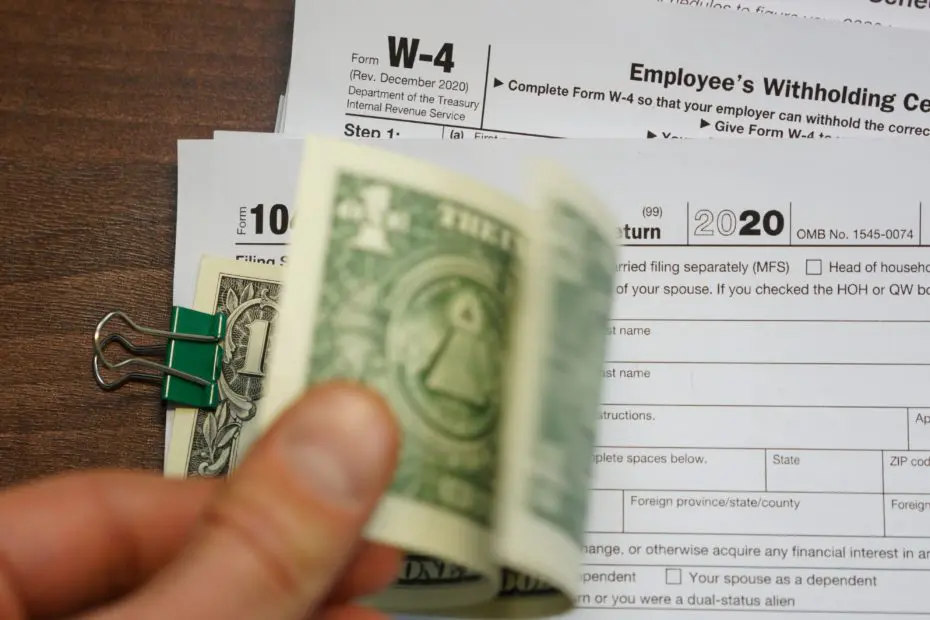A frequent question asked by business owners, is this worker an employee or an independent contractor? A misclassification can result in hefty fines and penalties for the business!
While the IRS looks at a multitude of factors, there are some main considerations that a business should consider. Generally, a worker may be an Independent Contractor if they:
- Have a written contract/signed agreement that defines the work and payment terms
- Maintain flexibility to set their own hours/schedule and processes in how the work is done
- Provide their own equipment for the job (i.e. tools, laptop)
- Work on a temporary basis and are paid “per project”
- Service other clients (often at the same time)
- Meet business insurance and tax/license requirements independently
- Work performed is generally not a key function of the business hiring them
If a business owner incorrectly classifies an employee as an independent contractor, they can be subject to large back taxes and penalties (that can range from 12-35% of the tax bill) from the IRS, and additional ones from the state. Additionally, it is rare for a worker to be both an employee and an independent contractor of the same Business in the same tax year (and extra record keeping precautions should be met to avoid reclassification of compensation). If a business is unsure of how a worker should be classified, how to meet business requirements (see below), or if they believe that they have a worker that is both an employee and an independent contractor, they should proactively get help making the decision from a qualified accountant.
Business Requirements for Employees and Independent Contractors:
Employees: The Business Employer is required to pay half of the Social Security and Medicare taxes for an employee, as well as state Unemployment Insurance, federal unemployment insurance, and workman’s compensation insurance. Employees receive a Form W2 at year end, and the Employer files payroll reports and submits payroll taxes on behalf of both the business and the employee. Employees should fill out Form W4 when they start working to inform the employer of the federal withholding that they would like withheld from their paycheck.
Independent Contractors: The independent contractor is responsible for his own tax payments and insurance (often paid through Self-Employment Tax, and quarterly estimates). Independent contractors receive a Form 1099 at year end if paid more than $600 throughout the year. Independent contractors should fill out Form W9 when they start working to inform the business of their tax status and to provide information needed for the business to provide a Form 1099 at year end.

